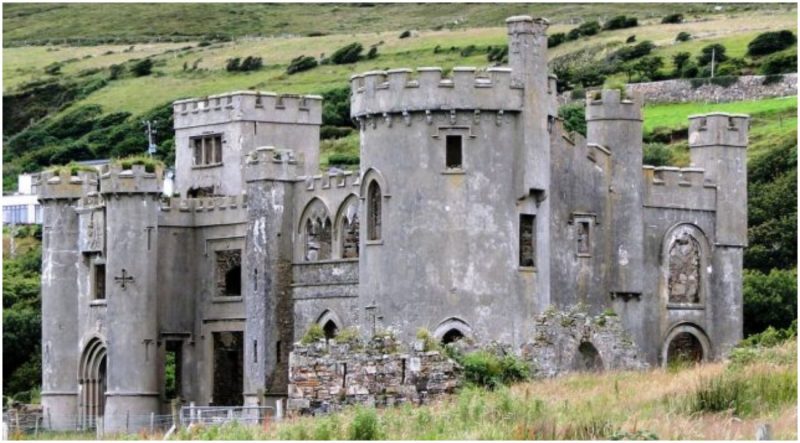The Gothic Revival style of architecture was a prominent style in the first half of the 19th century. From residences to public buildings and churches, the much-beloved Gothic Revival style, inspired by medieval architecture, flourished from 1830 to 1900 and was very influential.
Architects of the era mostly drew inspiration from medieval buildings, applying Gothic architectural elements such as pointed arches and windows, steeply pitched roofs, and grouped chimneys. The earliest example of a Gothic Revival building was already built in the 18th century in Twickenham, London, and was designed by the English writer Horace Walpole.
Gothic Revival quickly spread throughout Britain and the United States and it became a prominent architectural style. In Ireland, the atmosphere was no different, and Gothic Revival made its mark there. The earliest Gothic Revival example in Ireland is the largely forgotten beautiful Clifden Castle, located not far from Clifden.
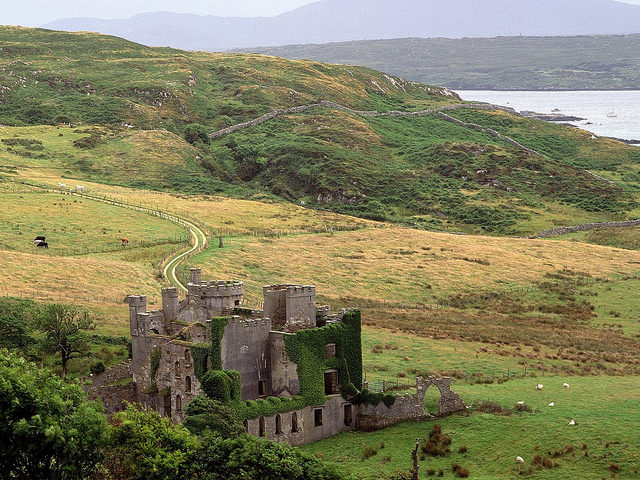
The founder of Clifden town, John D’Arcy, is the man responsible for commissioning the construction of Clifden Castle. He inherited an estate of about 17,000 acres in 1804 and started making plans for the establishment of a town on the land, which had been in the possession of his family for over 150 years. His dream came true around 1812, when D’Arcy founded the town of Clifden and commissioned Clifden Castle as his home. He was only 26 at the time.
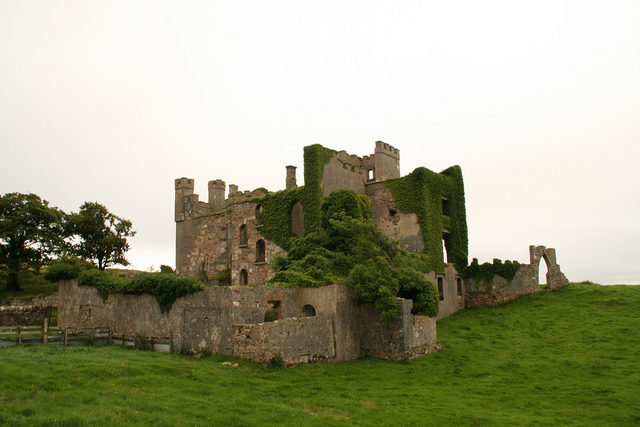
The town quickly developed, and by the beginning of the 1830s, there were nearly 200 houses and a population of over 1,200. D’Arcy, who married twice and had 14 children, lived in the Clifden Castle designed in the style of Gothic Revival.
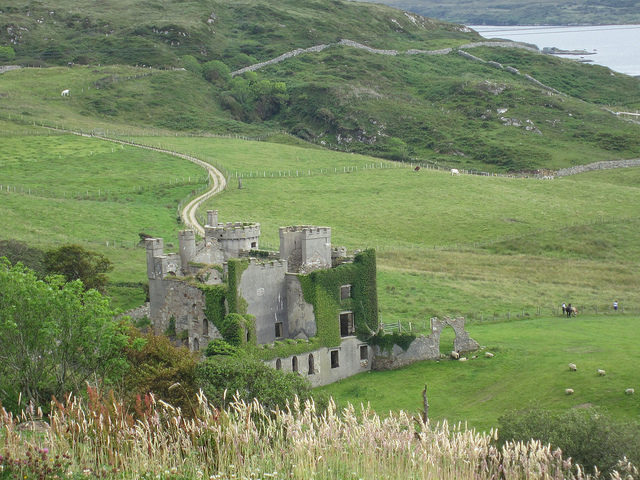
D’Arcy, who was a history buff and apparently liked medieval Gothic architecture, built his family home in 1818 and spent the final 20 years of his life in his dream house. However, things were not the same for his son Hyacinth, who inherited the town and the castle. Things were going well during the first years, but Ireland’s Great Famine took its toll and Hyacinth was forced to sell the town and the castle too.
He was one of the many landlords whose income fell drastically during the Great Famine, mostly due to lack of rentals. Over the years that followed, many estates were sold and Hyacinth’s estate was among them.
The D’Arcy family went bankrupt due to the accumulated debt and in 1850, Hyacinth sold the town and the beautiful family house to the Eyre family.
The Eyres bought the town and the castle for a total of £21,245 (about £2,6 million in today’s money). They would do a pretty good job with the town, and after the opening of the Galway to Clifden railway line, they managed to turn the town into a tourist destination. However, things were not looking as good for Clifden Castle.
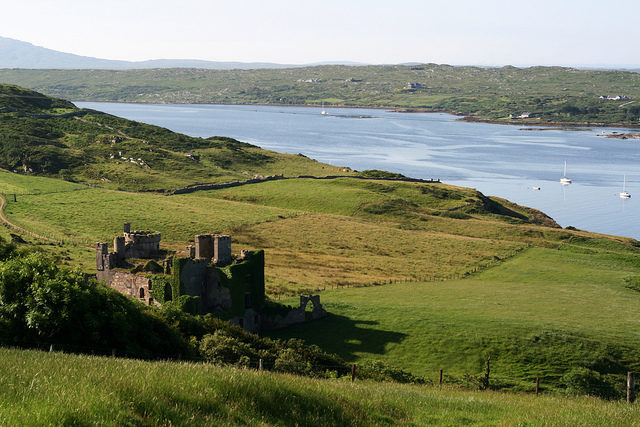
The Eyres lived in the castle for more than 70 years until the Irish government purchased the estate in the 1920s to divide it among the tenants. Having no owner meant that the Gothic Revival house was destined to fall into a state of disrepair. Locals sold everything they could and the shell is the only thing that remains today.
One can only hope that someday this beautiful example of a Gothic Revival house will be restored to its former glory and become an attraction for tourists from all over the world.
